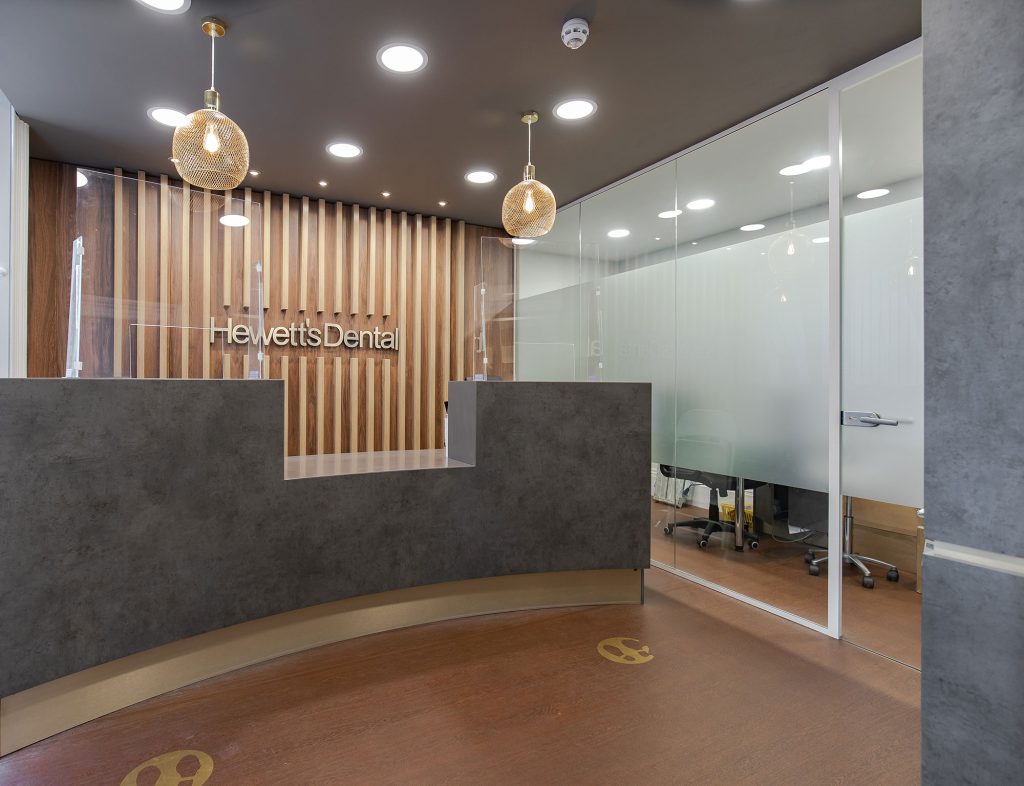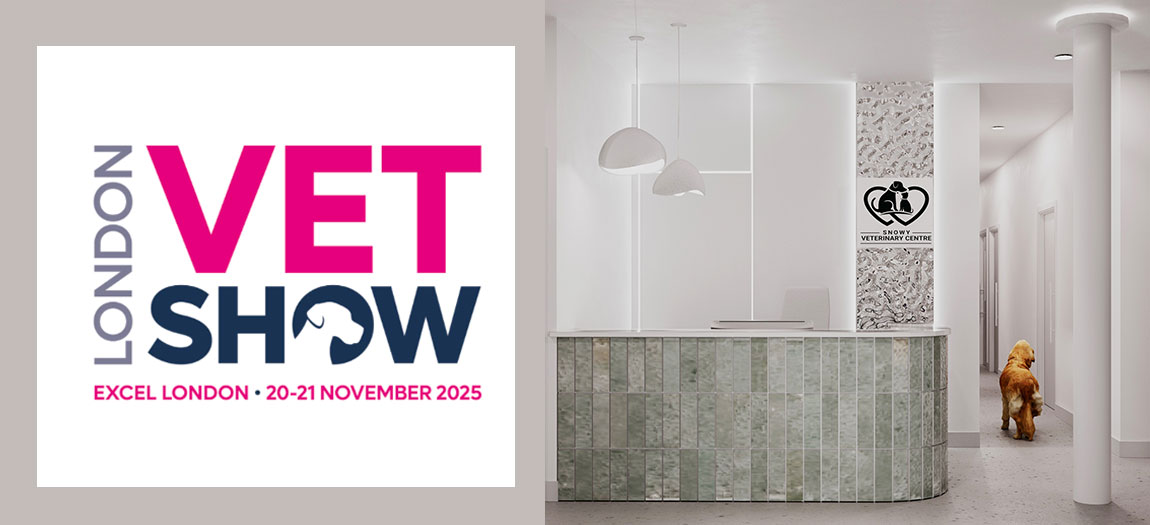For many, a visit to the dentist is accompanied by a sense of unease. Whether due to past experiences, fear of pain, or simply the clinical nature of the setting, dental anxiety is a common concern. However, the design of a dental practice plays a crucial role in shaping patient perceptions and overall well being. By integrating psychological principles into the architecture and interior dental practice design, we can transform spaces into welcoming environments that foster comfort and trust.
Creating a Calming First Impression
The journey to a stress free patient experience begins the moment they step through the door. A thoughtfully designed reception area sets the tone for the visit, influencing how a patient feels before they even sit in the chair. Warm, neutral colour palettes create an inviting atmosphere, while soft seating arrangements provide a sense of comfort. By avoiding stark, overly clinical aesthetics, the practice can project a sense of care and relaxation from the outset.
The Power of Colour Psychology
Colours deeply affect emotions. While whites and greys can feel cold and clinical, soft blues, greens, and earth tones reduce stress and promote calm, especially in treatment areas. Thoughtful colour choices enhance patient comfort and strengthen the practice’s brand identity.
Lighting and Its Impact on Patient Comfort
Lighting plays an essential role in dental practice design, affecting both the mood and functionality of the space. Harsh, fluorescent lighting can feel intimidating and heighten patient discomfort, while softer, warm lighting creates a more soothing environment. Natural light, where possible, should be maximised to enhance well-being and reduce feelings of confinement. Adjustable lighting in treatment rooms also allows for a more personalised experience, accommodating both patients who prefer a brighter space and those who find dimmer settings more relaxing.
Minimising Noise to Reduce Anxiety
Unwanted noise can significantly contribute to patient stress. The high-pitched sounds of dental tools, coupled with general activity within the practice, can create an unsettling experience. Effective soundproofing—through the use of acoustic panels, carpeted flooring, and strategic layout planning—can help mitigate these noises. Additionally, playing gentle background music or ambient nature sounds can further reduce stress, offering a more calming experience for patients as they wait or undergo treatment.
Sustainability and Patient Perception
Environmentally conscious patients appreciate dental practices with eco-friendly designs, which reduce their footprint and enhance perception. Features like energy-efficient lighting, low-VOC paints, and recycled materials show a commitment to health and sustainability, fostering trust and loyalty. HiSpace can help you transition seamlessly into an existing practice by providing expert guidance on location selection, compliance, and operational support.
Dental practice design extends far beyond aesthetics, it directly influences how patients feel, behave, and perceive their care. By integrating principles of psychology into the design process, dental facilities can alleviate anxiety, foster trust, and create a welcoming space.
At HiSpace, we specialise in crafting innovative and patient-focused dental environments. If you’re looking to design or refurbish your dental practice, get in touch with us to explore how we can transform your space.




